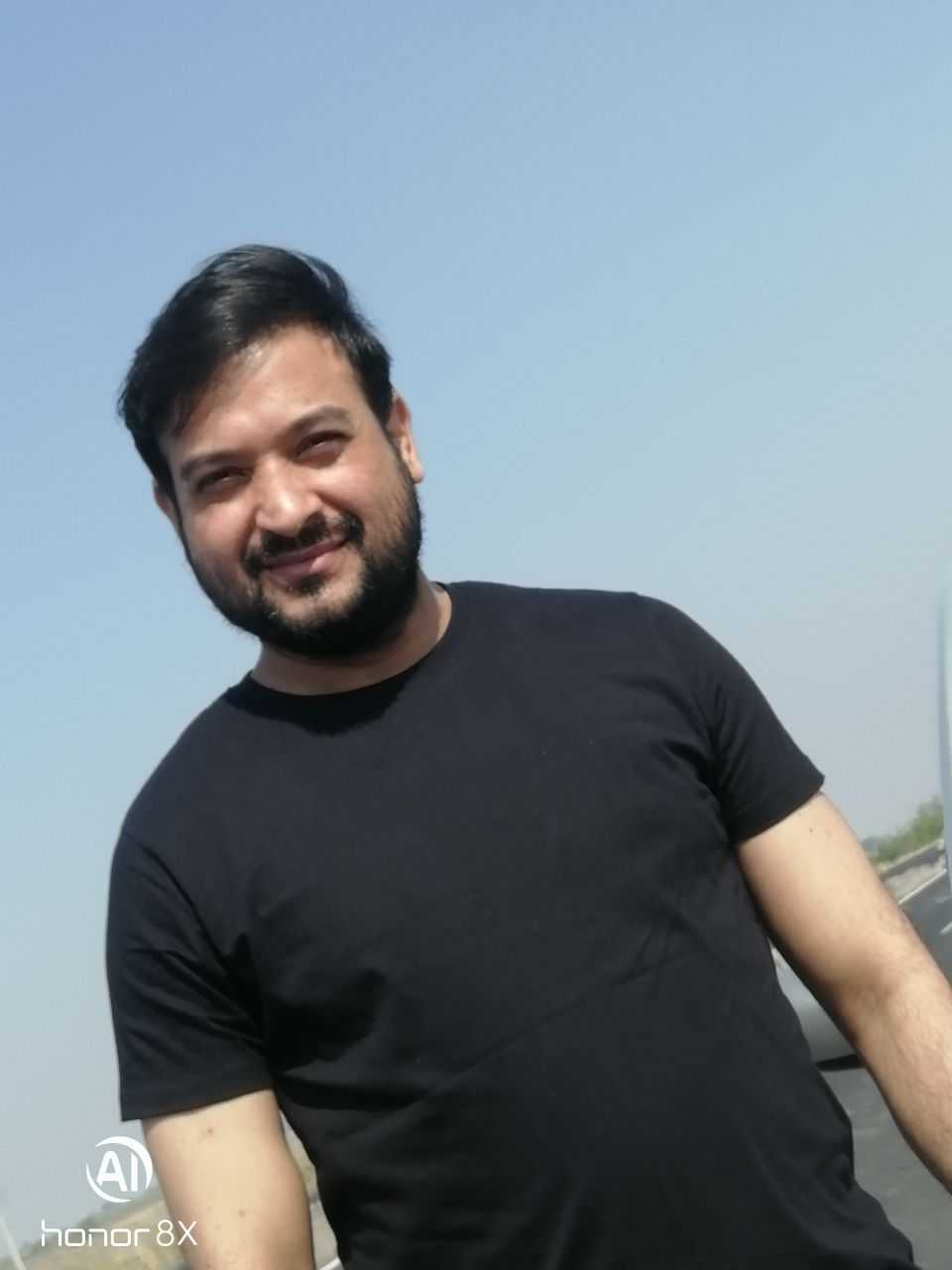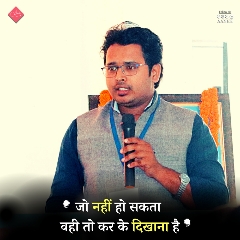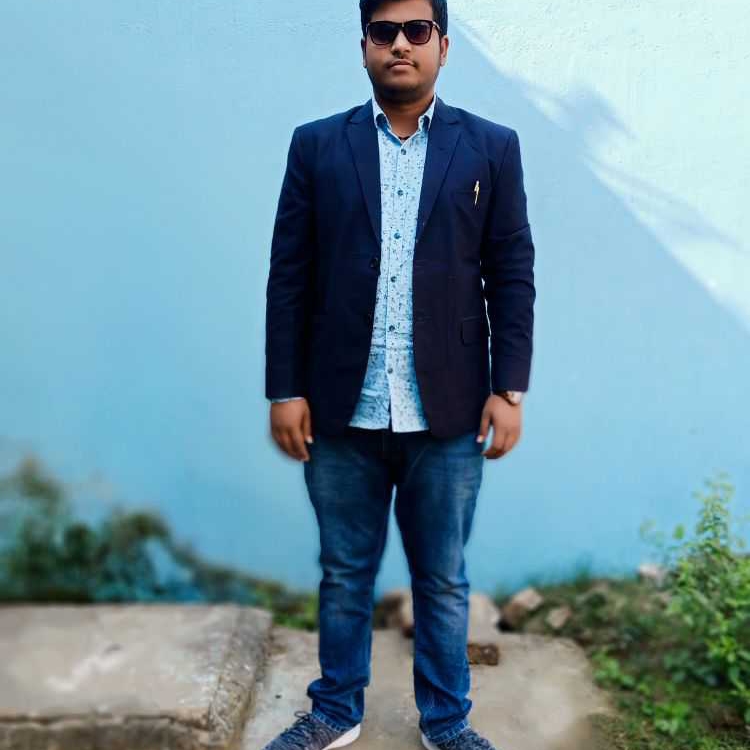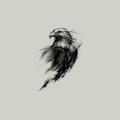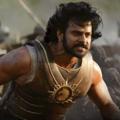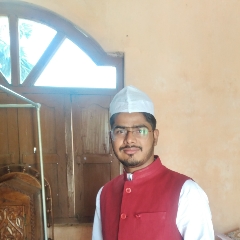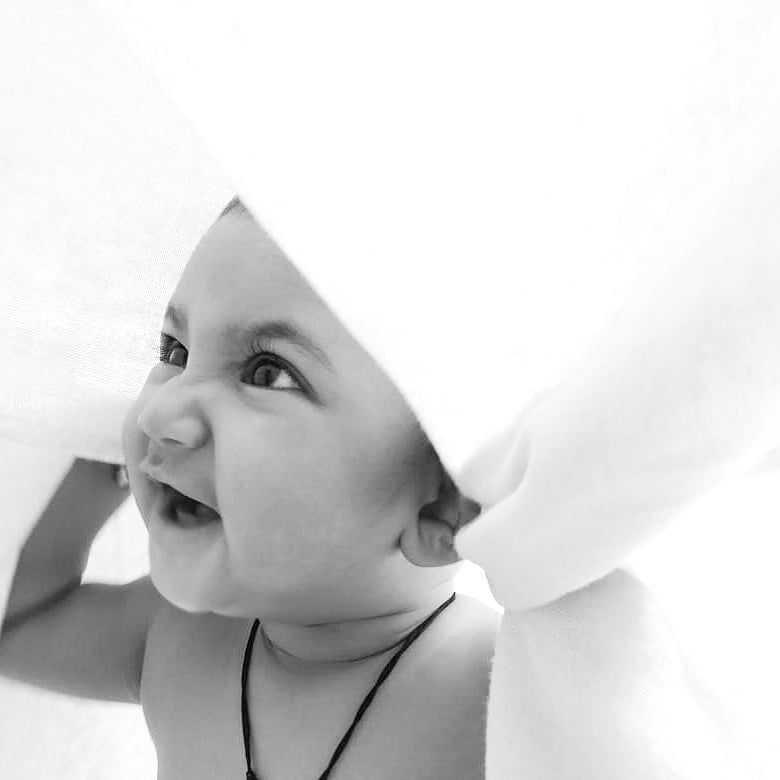Question 2 :
Due to which phenomena the combination of red, green and blue forms the same white colour<br>
Question 3 :
<span>In kaleidoscope</span> the part containing objects to be viewed is known as :<br/>
Question 5 :
The phenomenon of splitting of light into its component colours is _________.
Question 7 :
What is the first and foremost step to do when you have any problems with your eyes?<br>
Question 10 :
Which of the following is a correct way by which we can take care of our eyes?
Question 11 :
To get 9 multiple images of an object, the angle between two plane mirrors should be:
Question 12 :
If an object is placed symmetrically between two plane mirrors, inclined at an angle of $72^0$, then the total number of images formed is:
Question 13 :
If two mirrors are kept at $60^0$ to each other and a body is placed in the middle, then total number of images formed is
Question 14 :
Two plane mirrors are at $45^{o}$ to each other. If an object is placed between them then the number of images will be:
Question 16 :
<span>A bird having large cornea and a large pupil to allow more light in the eye.</span>
Question 17 :
<span></span><p>When white light passes through a glass prism, one gets spectrum on the other side of the prism. In the emergent beam, the ray which is deviating  the least is</p>
Question 18 :
The Braille code used by blind people use dot patterns for words. How many dot patterns or characters are used for this code?
Question 19 :
Which of the following is not a characteristic of light ?<br>
Question 21 :
Which of these is not a type of non-optical aid for the visually impaired?
Question 23 :
With an object between those, if the angle  between two plane mirrors is acute, the number of images formed will be:
Question 26 :
<div><span>_________ and _________ towns of North Kashmir suffered from a major earthquake.</span><br/></div>
Question 28 :
The weak zones around the boundaries of plates underneath Earth, which are prone to slide and cause earthquake are<span> commonly known as:</span>
Question 29 :
The Earth's crust plates moves brushing past each other or collide. It causes:
Question 30 :
<div>Fill in the blank:</div><div><br/></div>Most destructive earthquakes have magnitudes _______ on the Richter scale.
Question 31 :
The process of transferring of charge from a charged object to the Earth is called:
Question 33 :
The boundaries of the plates, called weak zones, are also known as:
Question 34 :
A seismograph is a scale used for measuring the <span>magnitudes of earthquakes</span>
Question 36 :
The sparks caused due to friction between two machine parts are:
Question 37 :
Opening up of strips of an electroscope is an indication of:
Question 41 :
Earthquakes at two places $A$ and $B$ were measured by a seismograph which recorded the magnitude as $2$ and $4$. The magnitude of tremors and their destructive energy at $A$ and $B$ can be compared as:
Question 43 :
When an ebonite rod is rubbed with fur, the rod acquires
Question 44 :
Two objects when rubbed together, get charged. The charges on them are:
Question 45 :
The seismic zones are those areas which are <span>less prone to earthquakes.</span>
Question 46 :
The streaks of bright light seen during lightning is essentially the path followed by:
Question 47 :
<span>What are the weak zones around the boundaries of plates underneath Earth, which are prone to slide and cause earthquakes?</span>
